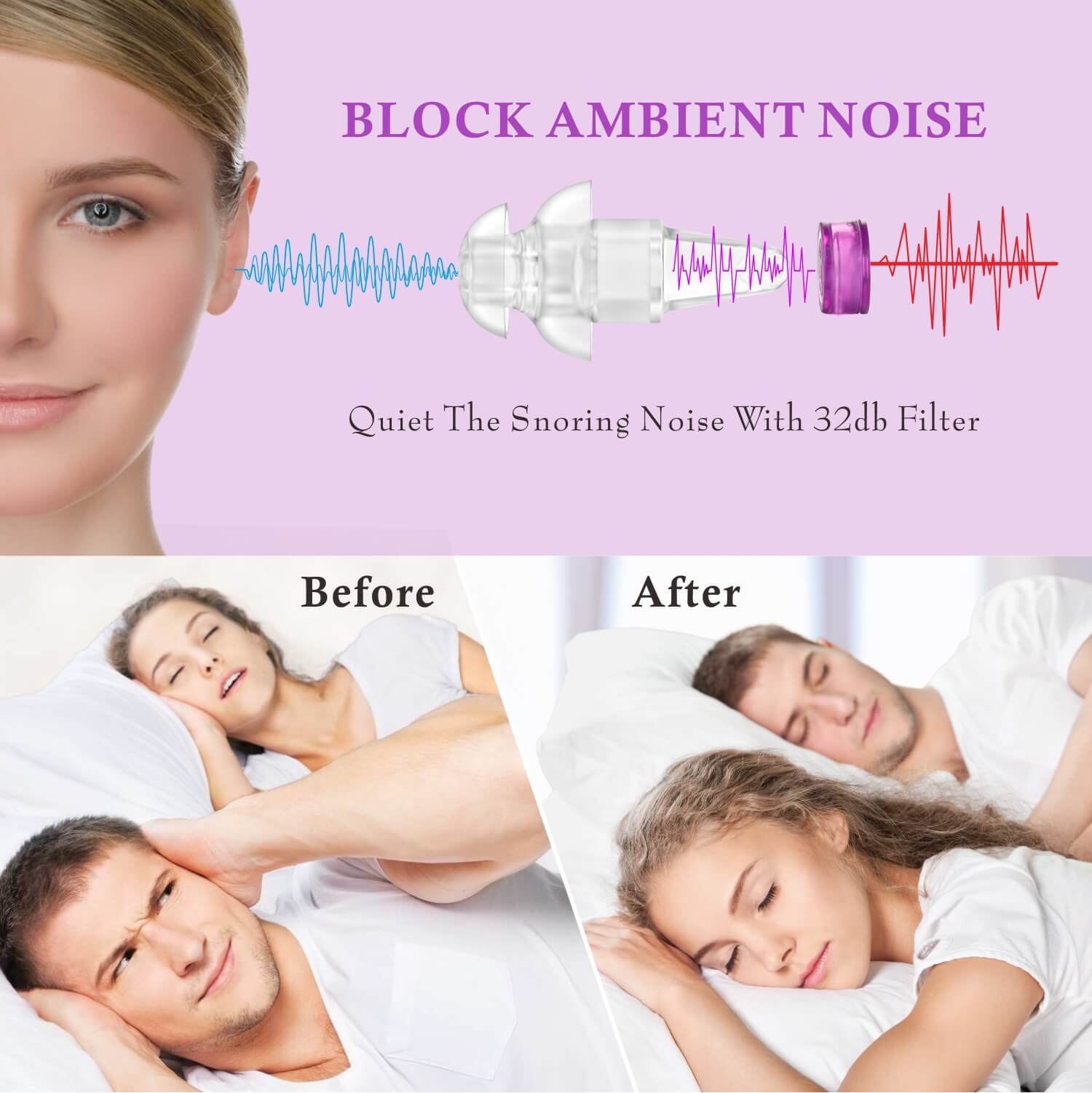When it comes to getting a good night's sleep, noise can be a major disruptor. Whether it's the sound of traffic outside your window, a snoring partner, or noisy neighbors, unwanted noise can prevent you from getting the rest you need. That's where sleeping ear plugs come in. These small devices are designed to block out noise and create a peaceful environment for sleep. But how do you know which ones to choose? Understanding Noise Reduction Ratings (NRR) in sleeping ear plugs is essential to finding the right fit for your needs.

What is NRR?
Noise Reduction Rating (NRR) is a measurement used to determine the effectiveness of hearing protection devices, including sleeping ear plugs. The NRR is expressed in decibels (dB) and indicates the amount of noise that the ear plugs can reduce in a laboratory setting. The higher the NRR, the greater the noise reduction.
It's important to note that the NRR is not a guarantee of the actual noise reduction you will experience in real-world situations. Factors such as fit, type of noise, and individual sensitivity can affect the effectiveness of the ear plugs. However, the NRR provides a useful benchmark for comparing different ear plug options.
Choosing the Right NRR
When selecting sleeping ear plugs, it's important to consider your specific needs and the level of noise you are trying to block out. Different environments require different levels of noise reduction. For example, if you live in a busy city with loud traffic, you may need ear plugs with a higher NRR to effectively block out the noise. On the other hand, if you are just looking for a slight reduction in noise, a lower NRR may be sufficient.
It's also worth noting that higher NRR ear plugs may not always be the best option. While they provide greater noise reduction, they can also make it difficult to hear important sounds, such as alarms or emergency notifications. Finding a balance between noise reduction and situational awareness is key.
Understanding NRR Labels
When shopping for sleeping ear plugs, you will come across various NRR labels. These labels typically range from 0 to 33 dB, with higher numbers indicating greater noise reduction. However, it's important to understand that the actual noise reduction you experience may be lower than the labeled NRR.
The U.S. Environmental Protection Agency (EPA) recommends subtracting 7 dB from the labeled NRR to estimate the actual noise reduction. For example, if the ear plugs have a labeled NRR of 33 dB, the estimated actual noise reduction would be around 26 dB. This adjustment takes into account real-world factors that can affect the effectiveness of the ear plugs.
Ensuring Proper Fit
Even with high NRR ear plugs, a proper fit is crucial for optimal noise reduction. If the ear plugs do not fit correctly, they may not create a proper seal in the ear canal, allowing noise to leak in. It's important to follow the manufacturer's instructions for inserting and positioning the ear plugs to ensure a secure fit.
There are different types of sleeping ear plugs available, including foam, silicone, and wax. Each type has its own advantages and disadvantages, so it's important to find the one that works best for you. Foam ear plugs, for example, are known for their ability to conform to the shape of the ear canal, providing a snug fit and effective noise reduction.
Remember, finding the right sleeping ear plugs may require some trial and error. It's worth trying out different options to see which ones provide the best combination of comfort and noise reduction for your specific needs.
Conclusion
Understanding Noise Reduction Ratings (NRR) in sleeping ear plugs is essential for finding the right solution to block out unwanted noise and promote a restful sleep. By considering your specific needs, choosing the appropriate NRR, and ensuring a proper fit, you can create a peaceful sleep environment and wake up feeling refreshed.















